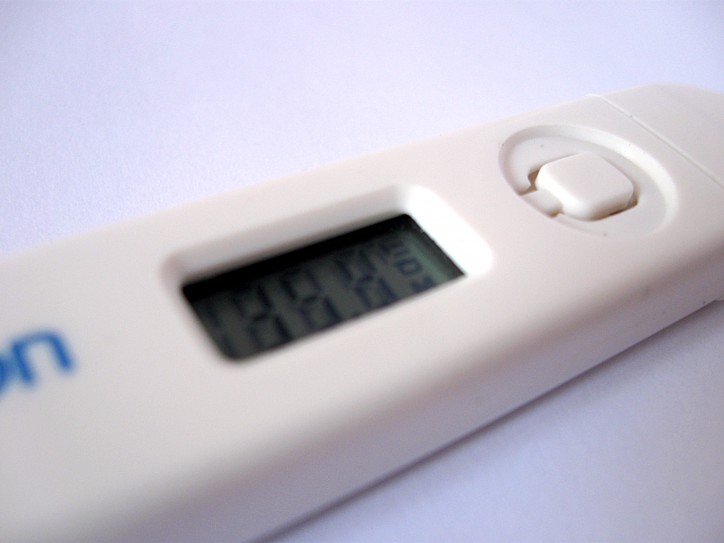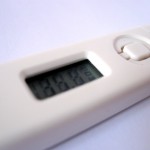Misconceptions about the dangers of fever are commonplace. Unwarranted fears about possible harm from normal fevers cause many parents lost sleep and unnecessary stress. The following facts should help you to put your fever fears into perspective.
MYTH: My child feels warm, so she has a fever.
FACT: Children can feel warm for a many reasons such as playing hard, crying, getting out of a warm bed or being outside on a hot day. They are “giving off heat”. Their skin temperature should return to normal in about 10 to 20 minutes. Once these causes are excluded, about 80% of children who feel warm and act sick actually have a fever. If you want to be sure, take their temperature. The following are the defined cut-offs for fever using different types of thermometers:
- Rectal, ear or temporal artery thermometers: 100.4° F (38.0° C) or higher
- Oral or pacifier thermometers: 100° F (37.8° C) or higher
- Axillary (armpit) temperatures: 99° F (37.2° C) or higher
MYTH: All fevers are bad for children.
FACT: Fevers turn on the body’s immune system. Fevers are one of the body’s natural and effective protective mechanisms. Normal fevers between 100° and 104° F (37.8° – 40° C) are usually good for sick children and help the body fight infection. Most of the time, reducing a fever can be counterproductive as it turns down your body’s natural protective mechanisms.
MYTH: Fevers cause brain damage or fevers above 104° F (40° C) are dangerous.
FACT: Fevers with infections don’t cause brain damage. Only body temperatures above 108° F (42° C) can cause brain damage. The body temperature climbs this high only with extreme environmental temperatures (for example, if a child is confined to a closed car in hot weather).
MYTH: Febrile seizures are harmful and mean the condition is very serious.
FACT: Febrile seizures are scary to watch, but they usually stop within 5 minutes. They cause no permanent harm. Children who have had febrile seizures do not have a greater risk for developmental delays, learning disabilities, or seizures without fever.
MYTH: All fevers need to be treated with fever medicine.
FACT: Fevers only need to be treated if they cause discomfort. Usually fevers don’t cause any discomfort until they go above 102° or 103° F (39° or 39.5° C). There are many natural remedies for fever, too.
MYTH: If the fever is high, the cause is serious.
FACT: If the fever is high, the cause may or may not be serious. If your child looks very sick, the cause is more likely to be serious.
MYTH: The exact number of the temperature is very important.
FACT: How your child looks is what’s important, not the exact temperature.
MYTH: Oral temperatures between 98.7° and 100° F (37.1° to 37.8° C) are low-grade fevers.
FACT: These temperatures are normal variations. The body’s temperature normally changes throughout the day. It peaks in the late afternoon and evening. An actual low-grade fever is 100° F to 102° F (37.8° – 39° C) .
SUMMARY: Remember that fever is fighting off your child’s infection. Fever is one of the good guys!




